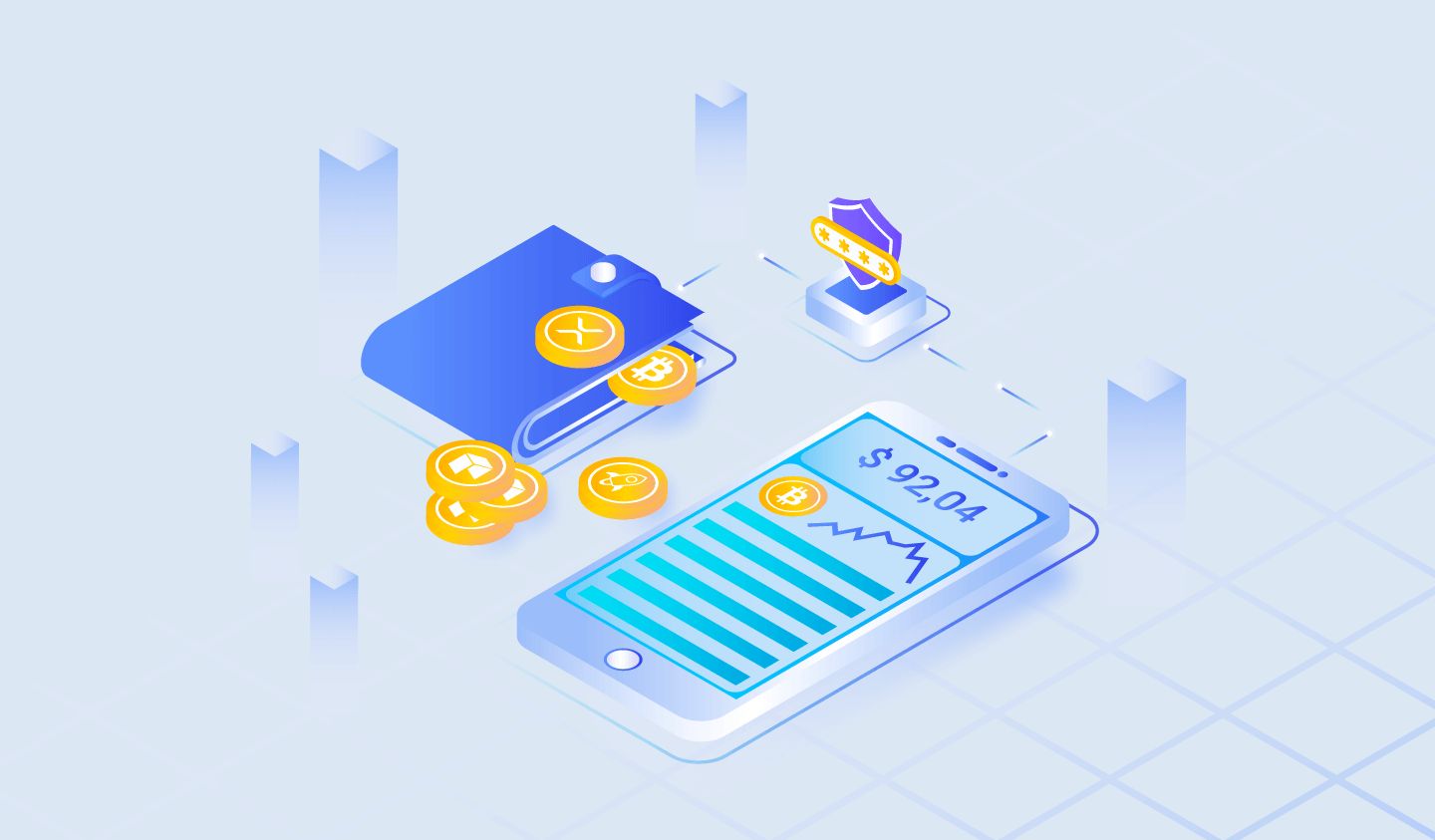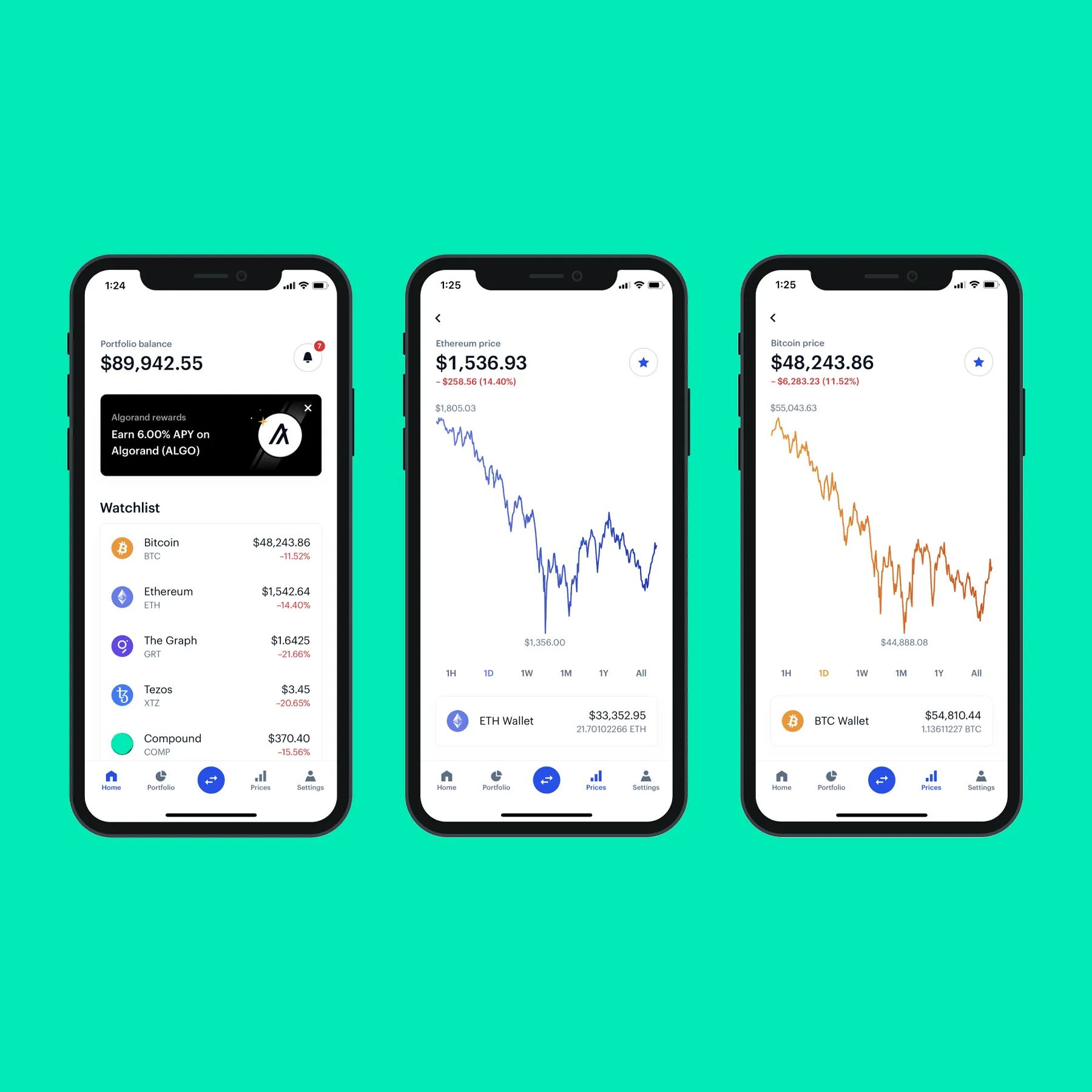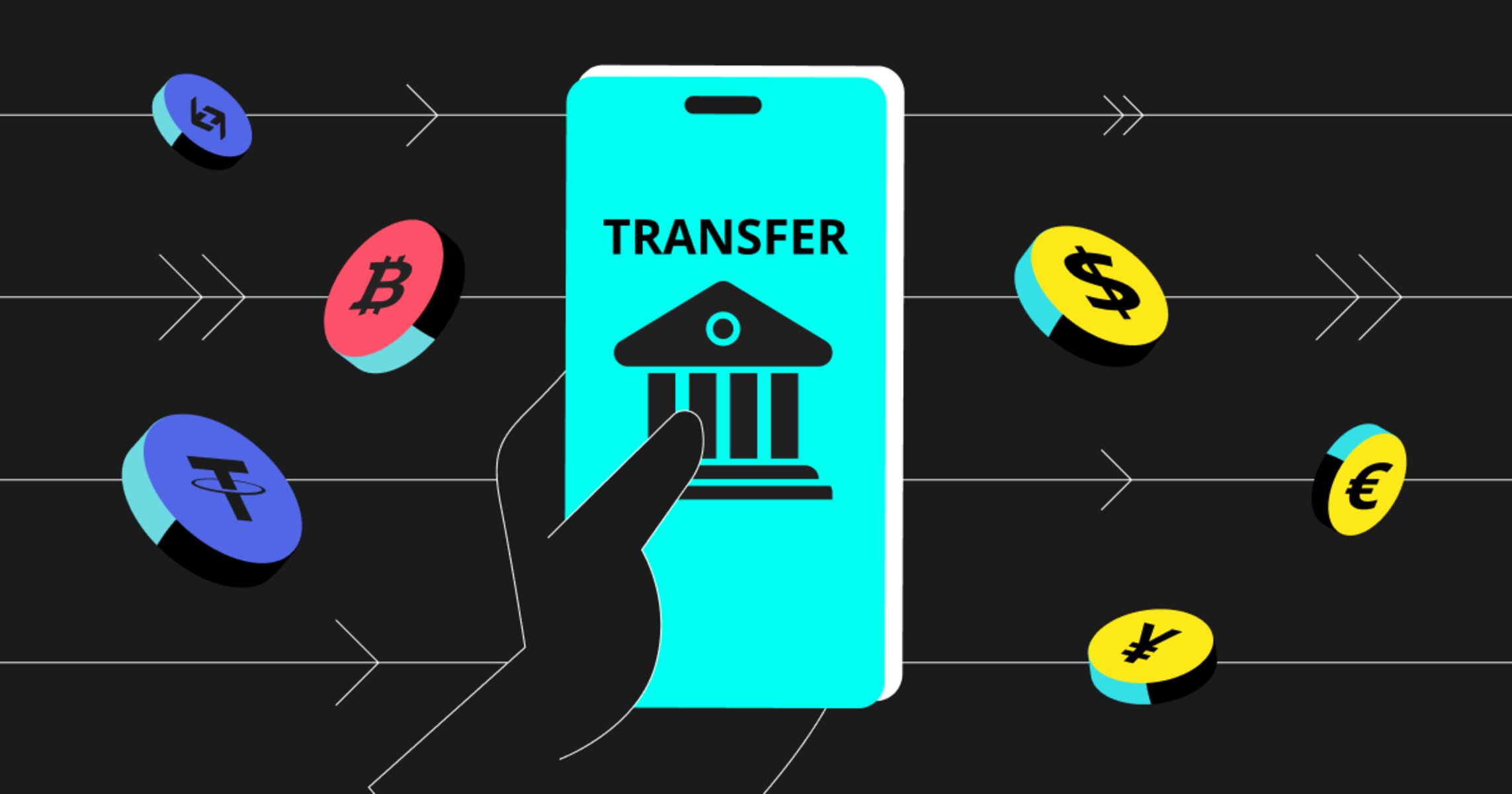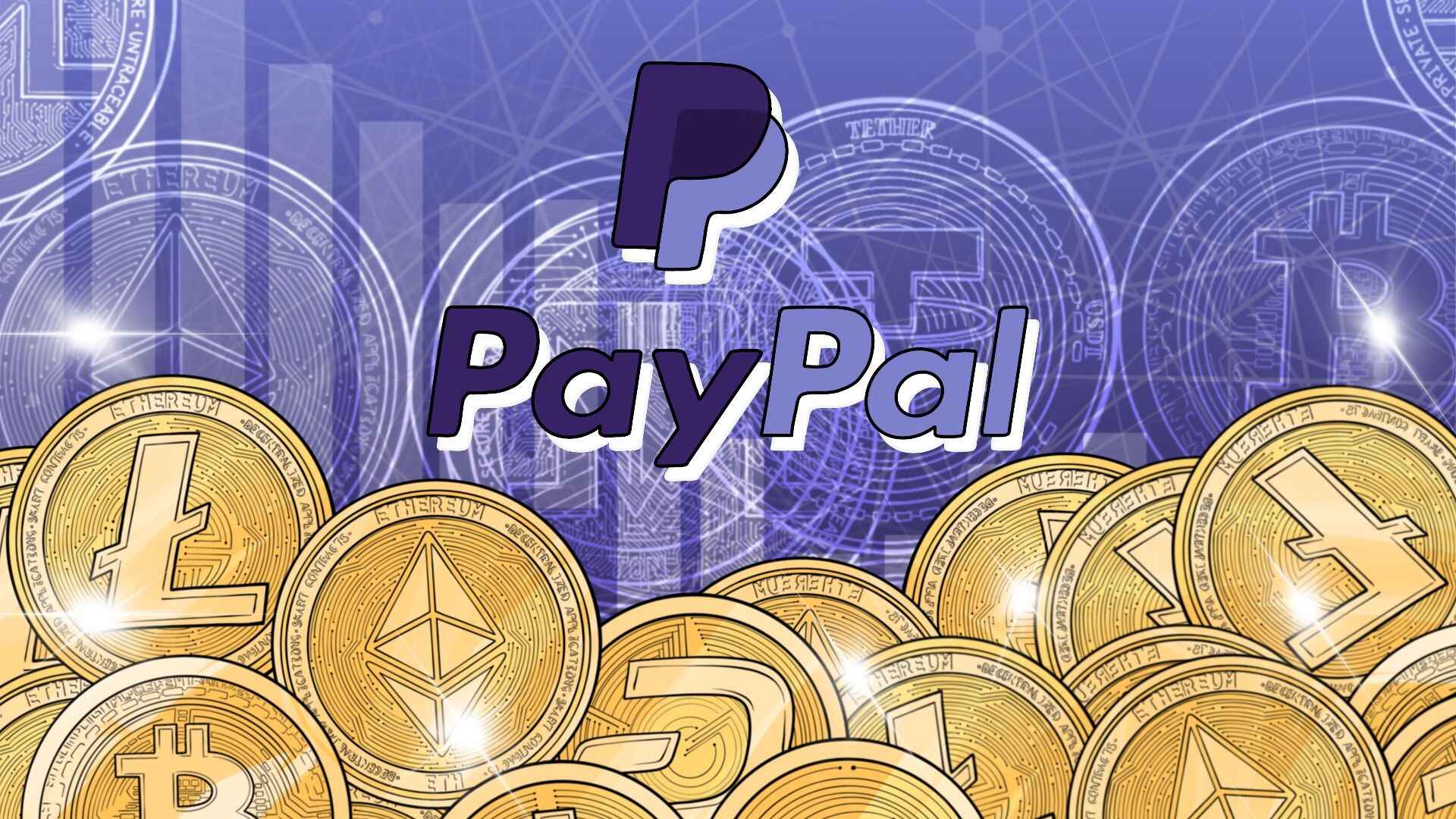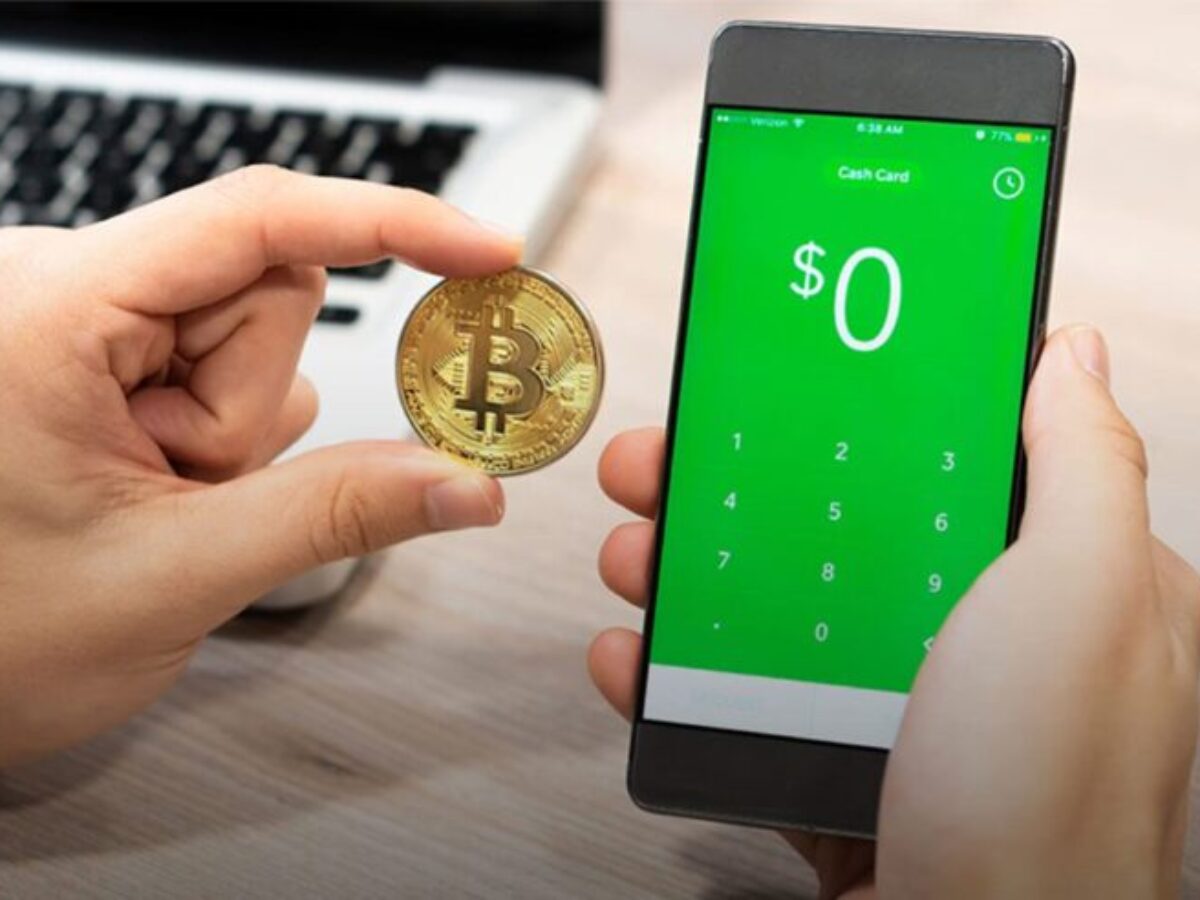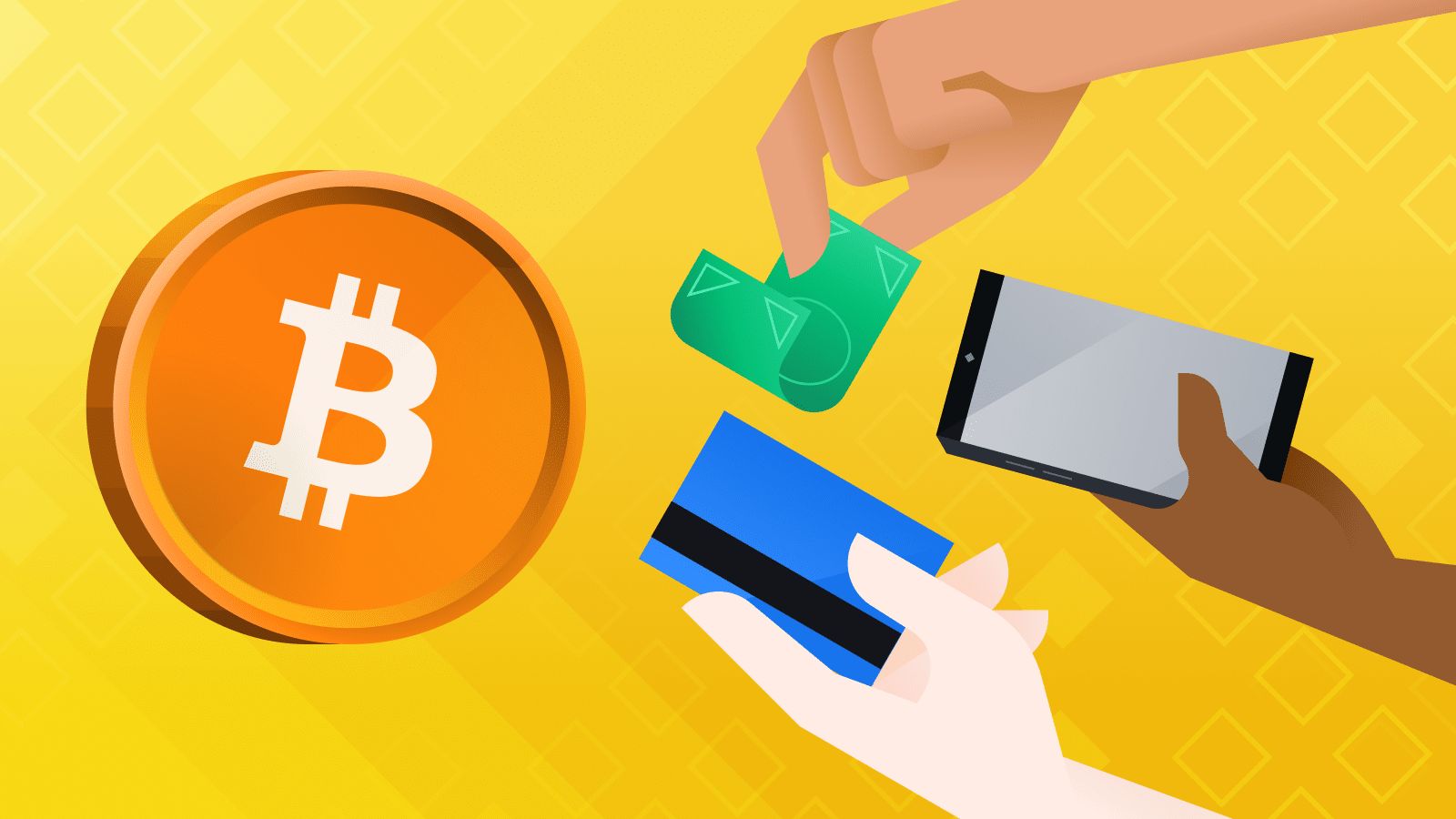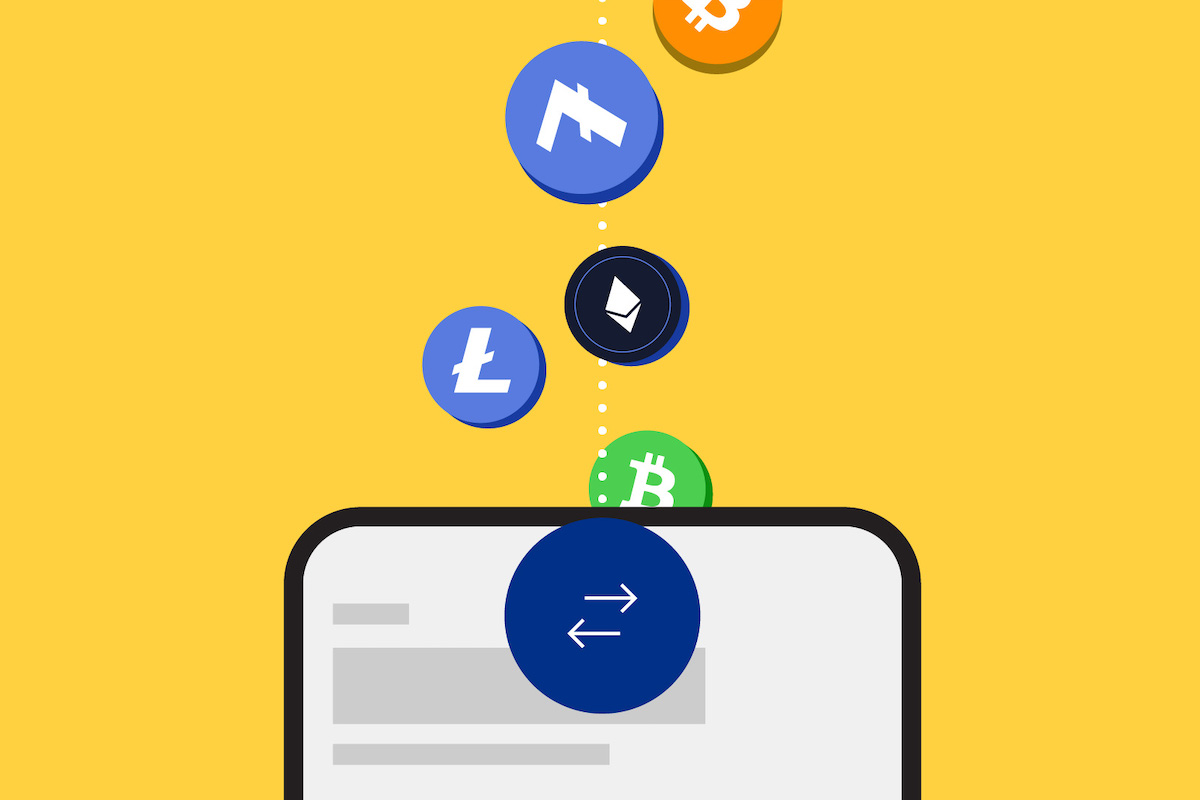Introduction
A blockchain wallet is a digital wallet that allows users to securely store, manage, and conduct transactions with cryptocurrencies such as Bitcoin, Ethereum, and Litecoin. With the rise of blockchain technology, the need for a reliable and safe way to store and use digital assets has become crucial. Blockchain wallets fulfill this need by providing users with a private key that allows them to access their funds and execute transactions on the blockchain.
Blockchain technology is the underlying concept behind cryptocurrencies, and it is characterized by its decentralized and transparent nature. Unlike traditional banking systems, where a central authority controls and validates transactions, blockchain transactions are verified by a network of computers or nodes spread across the world. This decentralized feature ensures that the transactions recorded on the blockchain are secure and tamper-proof.
Blockchain wallets act as interfaces between users and the blockchain network. By providing a user-friendly platform, these wallets enable users to send and receive cryptocurrencies, view their transaction history, and manage their digital assets. With the increasing popularity of cryptocurrencies, the demand for blockchain wallets has skyrocketed.
In this article, we will explore the concept of a blockchain wallet in more detail. We will dive into how these wallets work, the different types available, the security measures in place, and how to choose the right wallet for your needs. We will also discuss the process of setting up and using a blockchain wallet, as well as the common challenges faced by users and their solutions.
By the end of this article, you will have a comprehensive understanding of blockchain wallets and be ready to embark on your journey into the exciting world of cryptocurrencies.
Definition of a Blockchain Wallet
A blockchain wallet, also known as a cryptocurrency wallet, is a software application or physical device that allows individuals to securely store, manage, and transact with their digital assets, such as cryptocurrencies. Unlike traditional wallets that hold physical cash or cards, blockchain wallets store the private keys needed to access and control these digital assets on a blockchain network.
The fundamental concept behind a blockchain wallet revolves around the use of public and private key cryptography. When a user creates a wallet, a pair of cryptographic keys is generated: the public key and the private key. The public key is openly shared and serves as the wallet’s address, while the private key is kept secret and acts as the password to access and authorize transactions.
Blockchain wallets are designed to interact with the blockchain network and enable users to send, receive, and store their digital assets. When a user initiates a transaction, the blockchain wallet signs the transaction using the private key, ensuring its authenticity and integrity. The transaction is then broadcasted to the network, where it is validated and added to a block in the blockchain.
One of the key features of a blockchain wallet is its compatibility with different cryptocurrencies. While the most popular blockchain wallets, such as Bitcoin wallets, are designed for specific cryptocurrencies, there are also multi-currency wallets that support a wide range of digital assets. These wallets provide users with the flexibility to manage and transact with various cryptocurrencies from a single platform.
It is important to note that a blockchain wallet does not actually store the digital assets. Instead, it stores the private keys that allow access to those assets on the blockchain. This means that even if a user loses their wallet or the device it is stored on, they can recover their funds as long as they have access to their private keys.
Blockchain wallets come in different forms, including software-based wallets that run on desktops, mobile devices, or web browsers, as well as hardware wallets that are physical devices specifically designed for storing private keys offline. Each type of wallet offers its own set of advantages and security measures, catering to the diverse needs and preferences of users.
In the next section, we will delve into how blockchain wallets work and the underlying mechanisms that ensure their security and reliability.
How Does a Blockchain Wallet Work?
A blockchain wallet works in conjunction with the underlying blockchain network to enable users to securely store, manage, and transact with their digital assets. The wallet interacts with the blockchain through the use of public and private key cryptography, ensuring the integrity and security of the transactions.
When a user first creates a blockchain wallet, a cryptographic key pair is generated: the public key and the private key. The public key is a cryptographic string that serves as the address of the wallet, similar to a bank account number. The private key is a unique secret string that is used to access and control the funds associated with the wallet.
When a user wants to send a cryptocurrency transaction from their wallet, the wallet software uses the private key to digitally sign the transaction. This cryptographic signature acts as proof that the transaction has been authorized by the owner of the wallet. The signed transaction is then broadcasted to the blockchain network, where it is validated and added to a block.
The blockchain network consists of a decentralized network of nodes that collectively maintain a distributed ledger of all transactions. These nodes validate and verify the transactions using a consensus mechanism, such as proof-of-work or proof-of-stake. Once the transaction is verified, it is included in a block along with other validated transactions.
The blocks in the blockchain are organized chronologically and are linked together using cryptographic hashes. Each block contains a reference to the previous block, forming a chain of blocks. This allows the blockchain to maintain a transparent and tamper-proof record of all transactions that have occurred on the network.
When a transaction is added to a block, it is considered confirmed. The number of confirmations denotes the number of blocks that have been added to the blockchain since the transaction was included. The higher the number of confirmations, the more secure and irreversible the transaction becomes.
Blockchain wallets also enable users to receive transactions. When a user wants to receive cryptocurrency into their wallet, they share their public key or wallet address with the sender. The sender then initiates a transaction by specifying the recipient’s address and the amount to be sent. The transaction is then recorded on the blockchain and becomes visible in the recipient’s wallet.
In summary, a blockchain wallet allows users to generate and manage their public and private key pairs, sign transactions using their private key, send and receive transactions on the blockchain network, and view their transaction history. The seamless integration between blockchain wallets and the blockchain network ensures secure, transparent, and efficient management of digital assets.
Types of Blockchain Wallets
There are several types of blockchain wallets available to cater to the diverse needs and preferences of cryptocurrency users. These wallets vary in their accessibility, security features, and convenience. Here are the most common types of blockchain wallets:
- Software Wallets: These wallets are software applications that can be installed on desktop computers, mobile devices, or accessed through web browsers. Software wallets are convenient and easy to use, offering a range of features such as transaction history, balance tracking, and integration with third-party services. They can be further categorized into:
- Desktop Wallets: These wallets are installed on a user’s desktop computer and provide secure access to their digital assets. Desktop wallets can be either full nodes, requiring users to download and store the entire blockchain, or lightweight clients, which connect to remote servers for blockchain data.
- Mobile Wallets: Mobile wallets are designed for smartphones and tablets, allowing users to manage their cryptocurrencies on the go. These wallets are often more user-friendly and offer features like QR code scanning for easy transaction initiation.
- Web Wallets: Web wallets are accessed through web browsers and are hosted by a third-party service provider. While they offer convenience in terms of accessibility from any device with an internet connection, web wallets may be less secure compared to other wallet types due to the reliance on the service provider’s security measures.
- Hardware Wallets: These wallets are physical devices specifically designed for storing private keys offline. Hardware wallets provide an extra layer of security by keeping the private keys offline, away from potential online threats. Users can connect the device to their computer or mobile device when they want to initiate a transaction, and the device securely signs the transaction.
- Paper Wallets: Paper wallets involve printing the private key and wallet address on a piece of paper. This physical document can then be stored in a safe place, ensuring offline storage and reducing the risk of digital threats. Paper wallets are highly secure but require caution as the paper can be easily damaged or lost.
- Brain Wallets: Brain wallets are unique types of wallets that allow users to generate private keys based on a passphrase or a combination of words. These wallets rely on the user’s memory to recreate the private key. While brain wallets offer convenience and no physical storage, they also come with higher security risks, as a weak passphrase can be easily guessed or cracked by hackers.
Each type of blockchain wallet offers its own set of advantages and considerations. It is important for users to assess their needs, level of technical expertise, and security requirements before choosing the most suitable wallet for their cryptocurrency holdings.
Security Measures in Blockchain Wallets
Security is of utmost importance when it comes to blockchain wallets, as they store the private keys necessary to access and control digital assets. To ensure the safety of users’ funds, blockchain wallets implement various security measures. Here are some common security features and practices found in blockchain wallets:
- Private Key Encryption: Blockchain wallets encrypt private keys to protect them from unauthorized access. This encryption ensures that even if the wallet is compromised, hackers cannot decipher the private keys and gain control over the funds.
- Mnemonic Passphrases: Many wallets utilize mnemonic passphrases, also known as seed phrases or recovery phrases. These are a series of random words that act as a backup for the wallet’s private keys. Users are advised to carefully store and protect their mnemonic phrases as they can be used to restore their wallet in case of loss or theft.
- Two-Factor Authentication: Two-factor authentication (2FA) adds an extra layer of security to blockchain wallets. It requires users to provide additional verification, typically through a separate device or application, before allowing access to the wallet. This helps prevent unauthorized access even if someone gains knowledge of the private keys.
- Multi-Signature Transactions: Some advanced blockchain wallets support multi-signature transactions, also known as multisig. With multisig, multiple private keys are required to authorize a transaction, adding an extra layer of security and reducing the risk of a single point of failure.
- Offline Storage and Cold Wallets: Hardware wallets and paper wallets provide offline storage options for private keys. By storing the keys offline, away from online threats, these wallets greatly enhance security. Cold wallets, which are not connected to the internet, are considered highly secure as they eliminate the risk of remote attacks.
- Regular Updates and Security Patches: Wallet software providers frequently release updates and security patches to address potential vulnerabilities. It is important for users to keep their wallet software up to date to benefit from the latest security enhancements.
- Third-Party Audits and Reviews: Reputable blockchain wallets undergo third-party audits and security reviews to ensure the reliability and integrity of their software. Users should consider wallets that have been audited and reviewed by trusted security firms or organizations.
- User Education and Best Practices: Blockchain wallet providers often educate users about best practices for wallet security. This includes recommendations such as using strong and unique passwords, enabling 2FA, avoiding phishing attempts, and regularly backing up wallets and related data.
While blockchain wallets employ robust security measures, it is important for users to be proactive in protecting their assets. This includes implementing strong password practices, using trusted wallet providers, keeping software up to date, and staying vigilant against potential threats.
How to Choose the Right Blockchain Wallet
Choosing the right blockchain wallet is crucial for ensuring the security, accessibility, and convenience of your digital assets. With numerous options available, here are some factors to consider when selecting a blockchain wallet that suits your needs:
- Security: Security should be a top priority when selecting a blockchain wallet. Look for wallets that employ strong encryption, offer features like 2FA and multi-signature transactions, and have a track record of regularly updating their software to address security vulnerabilities.
- Supported Cryptocurrencies: Ensure that the wallet supports the cryptocurrencies you plan to store and transact with. Not all wallets support all cryptocurrencies, so it is important to check the wallet’s compatibility before making a decision.
- User-Friendly Interface: Consider the user interface and ease of use. A wallet with an intuitive and user-friendly interface will make it convenient to manage your digital assets and conduct transactions without unnecessary complications.
- Accessibility: Evaluate the accessibility options offered by the wallet. Do you need a wallet that can be accessed via mobile, desktop, or web? Choose a wallet that aligns with your preferred device and operating system.
- Backup and Recovery: Look for wallets that offer reliable backup and recovery options. This can include mnemonic passphrases or seed phrases that allow you to restore your wallet if it is lost or compromised.
- Community Support: Consider the community support and reputation of the wallet provider. Look for wallets that have an active community of users, provide prompt customer support, and have positive reviews or recommendations from trusted sources.
- Privacy: If privacy is a concern for you, research the wallet’s privacy features. Some wallets prioritize privacy by enabling features such as anonymous transactions and integrating with privacy-focused cryptocurrencies.
- Wallet Type: Determine the type of wallet that suits your needs. Consider whether you prefer a software wallet, a hardware wallet, a paper wallet, or a brain wallet. Each type has its own advantages and considerations, so choose accordingly.
It is also recommended to do thorough research and compare different wallet options before making a decision. Consider reading reviews, seeking recommendations from trusted sources, and testing out the wallets with a small amount of funds to ensure they meet your requirements and expectations.
Remember, choosing a reliable and secure blockchain wallet is vital for safeguarding your digital assets and ensuring peace of mind as you engage in cryptocurrency transactions.
Setting Up and Using a Blockchain Wallet
Setting up and using a blockchain wallet is a relatively straightforward process. Here are the general steps involved:
- Choose a Wallet: Select a blockchain wallet that meets your requirements in terms of security, accessibility, and supported cryptocurrencies. Consider factors such as the type of wallet, user interface, and community support.
- Download or Access the Wallet: Depending on the type of wallet you have chosen, download the appropriate software onto your device or access the web-based wallet through a browser.
- Create a New Wallet: Follow the instructions provided by the wallet software to create a new wallet. This typically involves generating a new set of public and private keys or setting up a unique passphrase for brain wallets.
- Backup Your Wallet: It is crucial to create a backup for your wallet. Most wallets generate a mnemonic passphrase that you should write down and store in a safe place. This will serve as a recovery option in case your wallet is lost or damaged.
- Add Funds: To add funds to your wallet, you may need to obtain cryptocurrency from an exchange or receive it from someone else’s wallet. Using your wallet’s receiving address, initiate the transaction to transfer the funds into your wallet.
- Manage and Track Your Assets: Once your wallet is set up and funded, you can use your wallet interface to manage and track your digital assets. This may include viewing your transaction history, checking your current balance, and generating new receiving addresses.
- Send and Receive Transactions: To send cryptocurrency from your wallet, specify the recipient’s address and the amount you wish to send. Confirm the transaction and sign it using your private key. To receive transactions, share your wallet’s public address with the sender.
- Maintain Wallet Security: Practice good security habits to protect your digital assets. This includes using strong and unique passwords, enabling two-factor authentication if available, keeping your software up to date, and regularly backing up your wallet and recovery phrases.
Remember to only use trusted sources when downloading wallet software, and be cautious of phishing attempts or fake wallet websites that aim to steal your funds. Always verify the authenticity of the wallet provider before entering any sensitive information.
Each wallet may have specific features and functionalities, so it is important to familiarize yourself with the instructions provided by the wallet provider. Additionally, explore the wallet’s settings and options to further customize and optimize your wallet experience.
By following these steps and practicing good wallet security measures, you can confidently and securely manage your digital assets using a blockchain wallet.
Common Challenges and Solutions
While using a blockchain wallet can be convenient and secure, there are some common challenges that users may encounter. Here are a few of these challenges and their solutions:
- Loss of Private Keys: Losing access to your private keys can result in the permanent loss of your digital assets. To avoid this, it is crucial to create multiple backups of your private keys, preferably in offline or hardware storage. Additionally, consider using wallets that offer mnemonic passphrases or seed phrases as a recovery option.
- Forgotten Passwords or Recovery Phrases: Forgetting your wallet password or recovery phrases can prevent you from accessing your funds. It is recommended to store passwords and recovery phrases in secure locations and to use secure password management solutions. Some wallets offer password recovery options, so be sure to explore these features when setting up a wallet.
- Phishing Attacks: Phishing attacks are attempts to trick users into revealing their private keys, passwords, or other sensitive information. To avoid falling victim to phishing attacks, always double-check the website’s URL, use only official wallet software or reputable providers, and be cautious of unsolicited emails or messages asking for personal information.
- Software Compatibility Issues: Depending on the type of wallet and its software, there may be compatibility issues with specific operating systems or devices. Before choosing a wallet, ensure that it is compatible with your preferred devices and operating systems. Read reviews and consult the wallet provider’s documentation for any known issues and solutions.
- Transaction Delays: In some cases, blockchain networks can experience transaction congestion, resulting in delays in transaction confirmations. To mitigate this issue, consider adjusting the transaction fee to ensure that it reflects the current network congestion. Wallets that allow manual fee adjustments can help expedite transaction processing.
- Security Risks in Online Wallets: Online wallets, such as web or mobile wallets, can pose security risks due to potential vulnerabilities in the software or hacking attempts. To enhance security, choose well-established and trusted wallet providers, enable two-factor authentication, and stay vigilant for any suspicious activities within your wallet.
If you encounter any of these challenges, it is essential to seek assistance from the wallet’s support team or refer to the wallet provider’s documentation and guides. Staying informed, practicing good security habits, and regularly updating your wallet software can help minimize these challenges and ensure a smooth experience with your blockchain wallet.
Conclusion
Blockchain wallets play a crucial role in securely storing, managing, and transacting with cryptocurrencies. They provide users with a way to interact with the blockchain network, allowing for seamless and efficient management of digital assets. Whether you choose a software wallet, hardware wallet, paper wallet, or brain wallet, it is important to consider factors such as security, accessibility, and supported cryptocurrencies.
When setting up a blockchain wallet, ensure that you create secure backups of your private keys or recovery phrases, as losing access to these can result in permanent loss of funds. Additionally, practice good security measures such as using strong passwords, enabling two-factor authentication, and regularly updating your wallet software.
While blockchain wallets offer convenience and security, it is essential to remain cautious of potential challenges such as phishing attacks, compatibility issues, and transaction delays. By being proactive and informed, you can mitigate these challenges and have a smooth experience with your chosen wallet.
As the world of cryptocurrencies and blockchain technology continue to evolve, blockchain wallets will play a critical role in facilitating the use and adoption of digital assets. Stay up-to-date with the latest wallet developments, security best practices, and industry trends to ensure you make the most of the opportunities presented by this exciting technology.
In conclusion, blockchain wallets empower individuals to take control of their digital assets and engage in secure and efficient transactions on the blockchain network. With the right wallet and proper security measures, you can confidently navigate the world of cryptocurrencies and harness the benefits of this groundbreaking technology.







